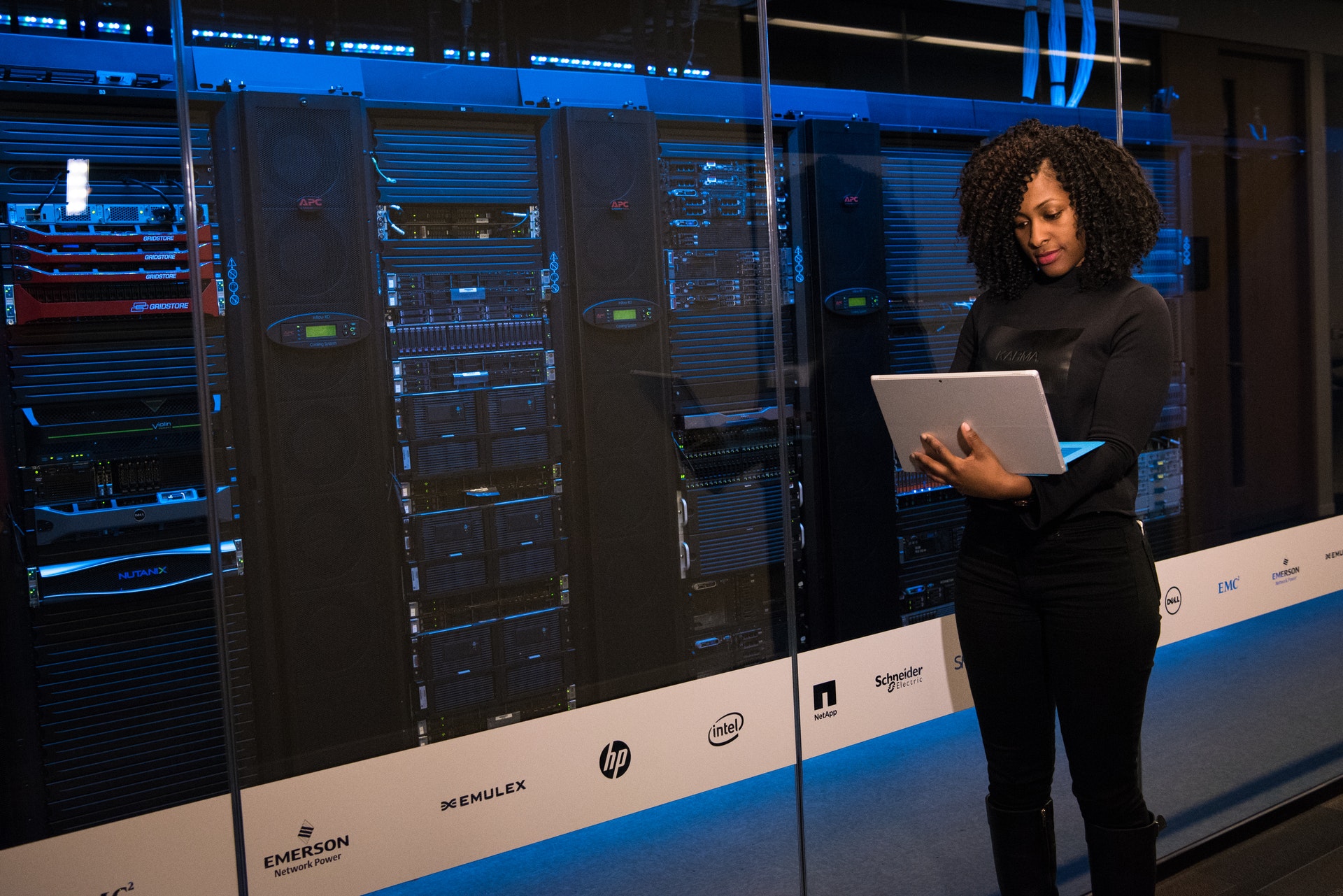
Many companies are attempting to rapidly transition to the cloud while still using traditional network architectures. But to ensure that they don’t encounter any unpleasant surprises on their journey, they should first take the time to analyse the requirements of the first cloud operating system, writes Nils Ullmann, Solutions Architect at Zscaler.
Digitalisation is a double-edged sword for many companies.

On the one hand, it brings countless benefits. On the other, it creates a number of hurdles that companies must clear before they can reap the rewards. Cloud migration projects often fail or incur delays because the various departments do not communicate with one another adequately, set different priorities, or fail to open up silos to achieve joint goals.
To successfully overcome these challenges, the entire team – from the departmental manager to the CIO – must gather around a table to analyse the impact of the introduction of a cloud-based system before the project commences. Alongside Office 365, Windows 10 is a perfect example of just how essential a holistic approach to migration management really is.
Migrating to Windows 10: Assessing Past and Present Administrative Workload
For companies with a large number of employees, the rollout of a new operating system has always been a challenging task, requiring all of the company’s computers to be switched over to the new system at the same time and all of the essential programs evaluated for functionality in the new operating system in advance. Each application needed to be tested individually, and even in medium-sized companies, the number of applications used could run into the thousands. When you consider all of the work involved in this process, it is only logical that IT departments deliberate carefully when deciding when to implement a new operating system – or whether to do it at all.
See also: Botched Windows 10 Security Update was Meant to Revoke a Vulnerable Kaspersky Bootloader
In the past, Microsoft has provided a schedule of when it plans to release new operating systems. Up to now, a new version of the Windows operating system was provided every two to three years. Due to the frequency of these releases and the workload associated with switching over to each new version, companies often tried to skip releases and avoid rolling out the latest OS. Windows XP was not widely adopted; the same was true of Windows 8. By opting to skip versions, companies were able to extend their switchover cycle to five to six years – with the advantage that the software updates would coincide with their hardware replacement intervals.
Windows 10 is Microsoft’s first operating system developed as a service, with continuous updates. Instead of releasing a new OS every few years, Windows 10 is updated continuously. While this eliminates the need for time-consuming, major rollouts, this approach does create a new set of challenges for companies. Businesses now need to implement a lot of updates in a short period of time, with two main releases a year and smaller updates often appearing on a weekly basis.
Due to the sheer volume of updates, it is no longer feasible to validate applications for each new version – so there is no guarantee that a program will retain compatibility with Windows 10 in the future. The concept of a cloud operating system therefore encourages the trend of moving applications away from on-premises data centres to the cloud.
With updates being released so frequently, companies can also benefit immensely from the high scalability of the cloud. The frequent updates cause peaks in data traffic from each computer or laptop connected to the company’s network, and a traditional network model reliant on MPLS cables will quickly be pushed to its limits with the type of data volume generated by updates.
With these challenges in mind, companies should evaluate their bandwidth needs and introduce a cloud-ready infrastructure where necessary before rolling out Windows 10. With updates being released so frequently, it is essential to avoid bottlenecks, latency and the associated drops in productivity. Companies must take a holistic approach to planning, factoring in their network infrastructure and security requirements to transform a star-shaped hub-and-spoke architecture to a direct-to-cloud structure. With the help of SD-WAN and local internet gateways at each location, companies can move their data streams to the cloud via the most direct – and by extension, the fastest – route.
Peak times for data streams in the cloud
The switch to Windows 10 also creates a number of technical challenges. These challenges are centred around the issue of which proxy implementation is used by which applications. All Windows systems run on two services. Until now, WinInet was used for all functions that affect the user, while WinHttp covered the system services as a background service. However, the store, apps, and live tiles in Windows 10 mean that this division no longer exists; all of these user-facing functions run via WinHttp. Many IT departments overlook this fact and configure the wrong proxy when switching over their systems to Windows 10. The solution to this problem is an overlay network – ideally one that can be started and configured via an app. This ensures that all clients can communicate using the most technologically up-to-date methods, even though they are embedded in an outdated network architecture.
The first step to implementing this solution is to come up with a new cloud-optimised network architecture. Failure to do so will mean that network bottlenecks and dissatisfied users are almost guaranteed – given the fact that Windows 10 generates at least as much data traffic as Office 365, and that this traffic arises at peak times each week. In Windows 10, weekly updates and major releases place permanent strain on the data lines and create extreme peaks in demand. The short length of the update cycles further compounds the issue, leaving administrators with little scope to postpone updates to relieve pressure on the system.
The Windows Autopilot tool used to set up new computers also drives further data traffic to the cloud. While the active directory is on premises, a connection is also established to the cloud environment, Azure AD. The ongoing exchange of communication creates additional internet traffic between computers. The latest software deployment programs, such as SCCM (which was merged with Intune to create Endpoint Manager in November 2019) also add to the load. These programs ensure that all applications are available to employees locally and keep these applications up to date.
Microsoft has also significantly increased the frequency of its updates, with new versions appearing daily in some instances. These updates are necessary to prevent outdated applications from accessing cloud services, such as OneDrive, but they also increase the flow of data traffic. If the internet setup relies on an MPLS cable and the company’s own data centres at hub locations, traffic is certain to grind to a halt, making it impossible for businesses to operate productively. Once again, the direct route to the internet and the highly scalable cloud is the simplest, most cost-effective and fastest solution.
Deactivation of Windows 7 in January 2020
Many companies are not aware of just how many factors there are to consider when making the switch to Windows 10. However, before they take the leap, companies would be well-advised to bring solution architects who possess all of the required specialist knowledge on board. This external consultancy process brings together all of the relevant technical departments in a workshop, enabling the business to analyse its network requirements and look more closely at potential solutions, such as the creation of local internet gateways, while also retaining the MPLS cabling. This approach ensures that the requirements for a major release update will be met and that the required programs and servers will be accessible.
Windows 10 is ultimately set to have a major impact on virtually all companies, as Microsoft officially ceased to provide support for Windows 7 in January 2020, including no further security updates. There seems to be no way to avoid Windows 10, at least in the short to medium term. Given the data stream requirements we’ve discussed here, the idea that it is possible to rollout Windows 10 rapidly using an existing network is a fallacy. Companies must take stock and think about the design of their network architecture before introducing a new OS. A solutions architect helps keep planning on track, bring everything together, and unite all of the responsible persons and involved groups – from the board and network department to the IT security team.
See also: AWS Servers Hacked -“Rootkit in the Cloud” Used to Exfiltrate Corporate Data






